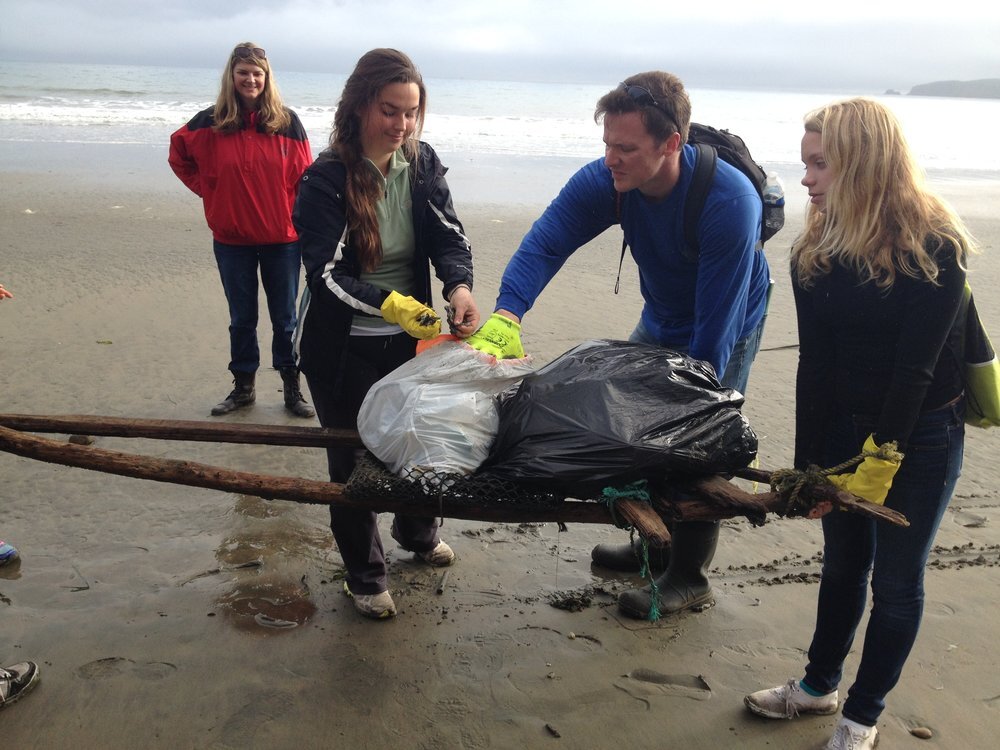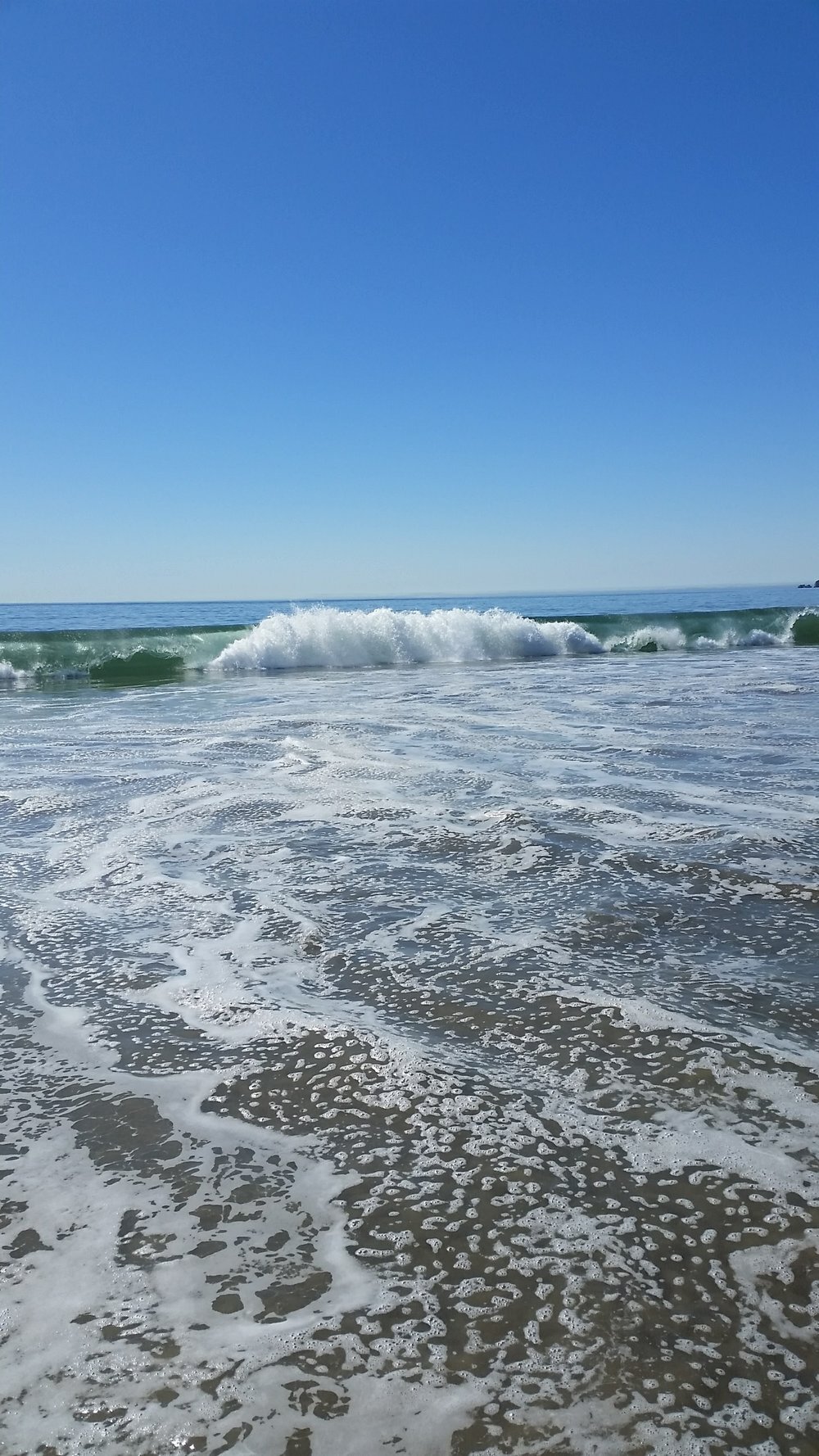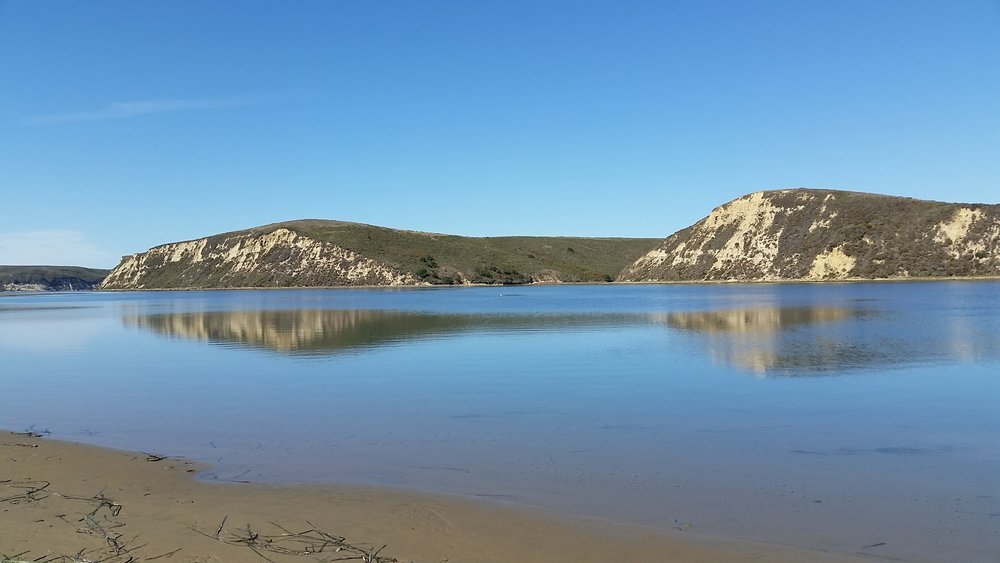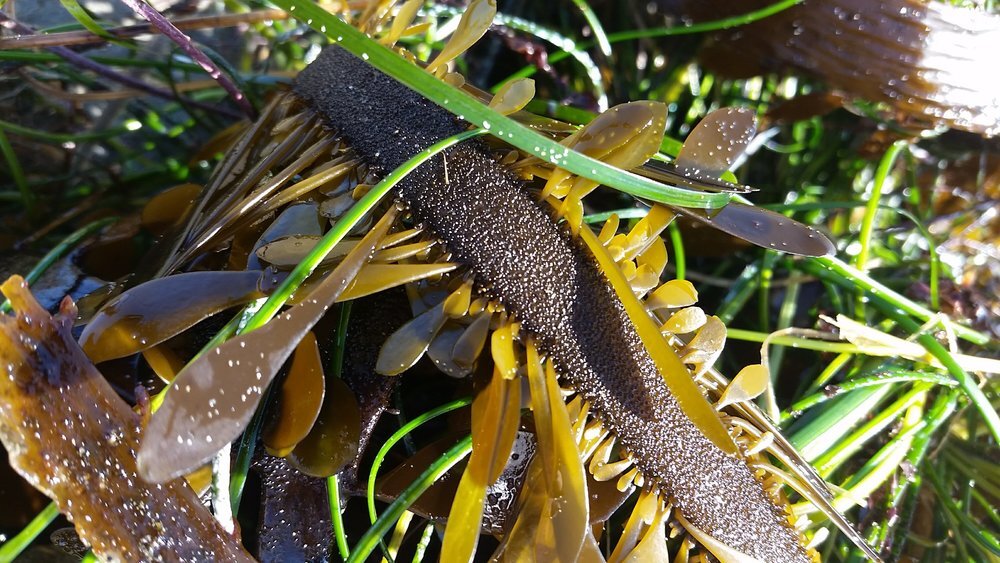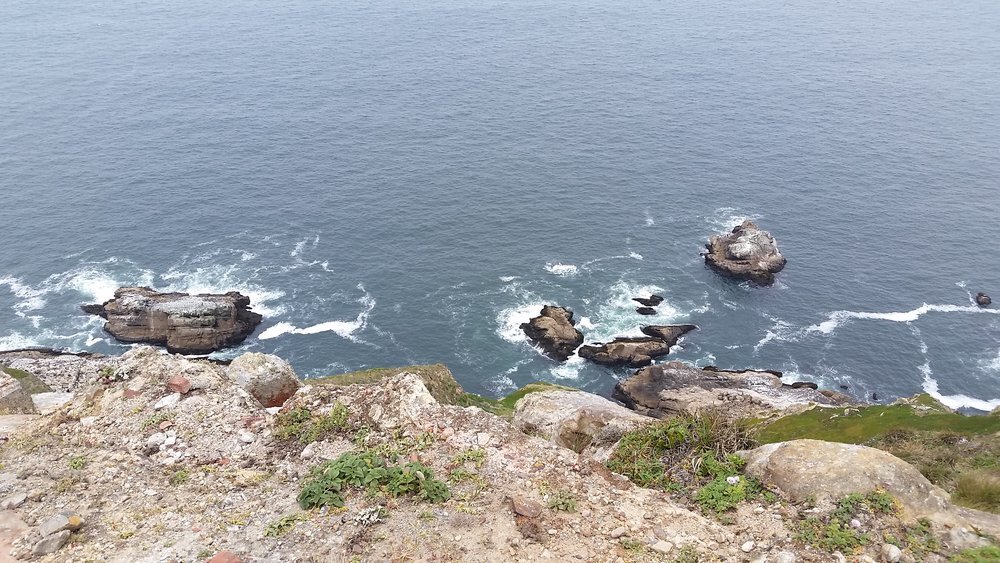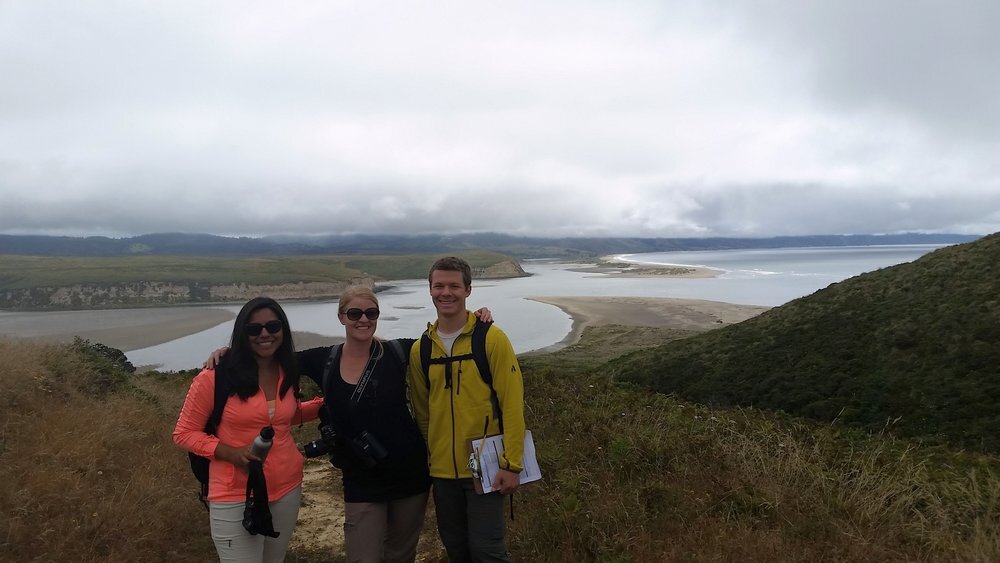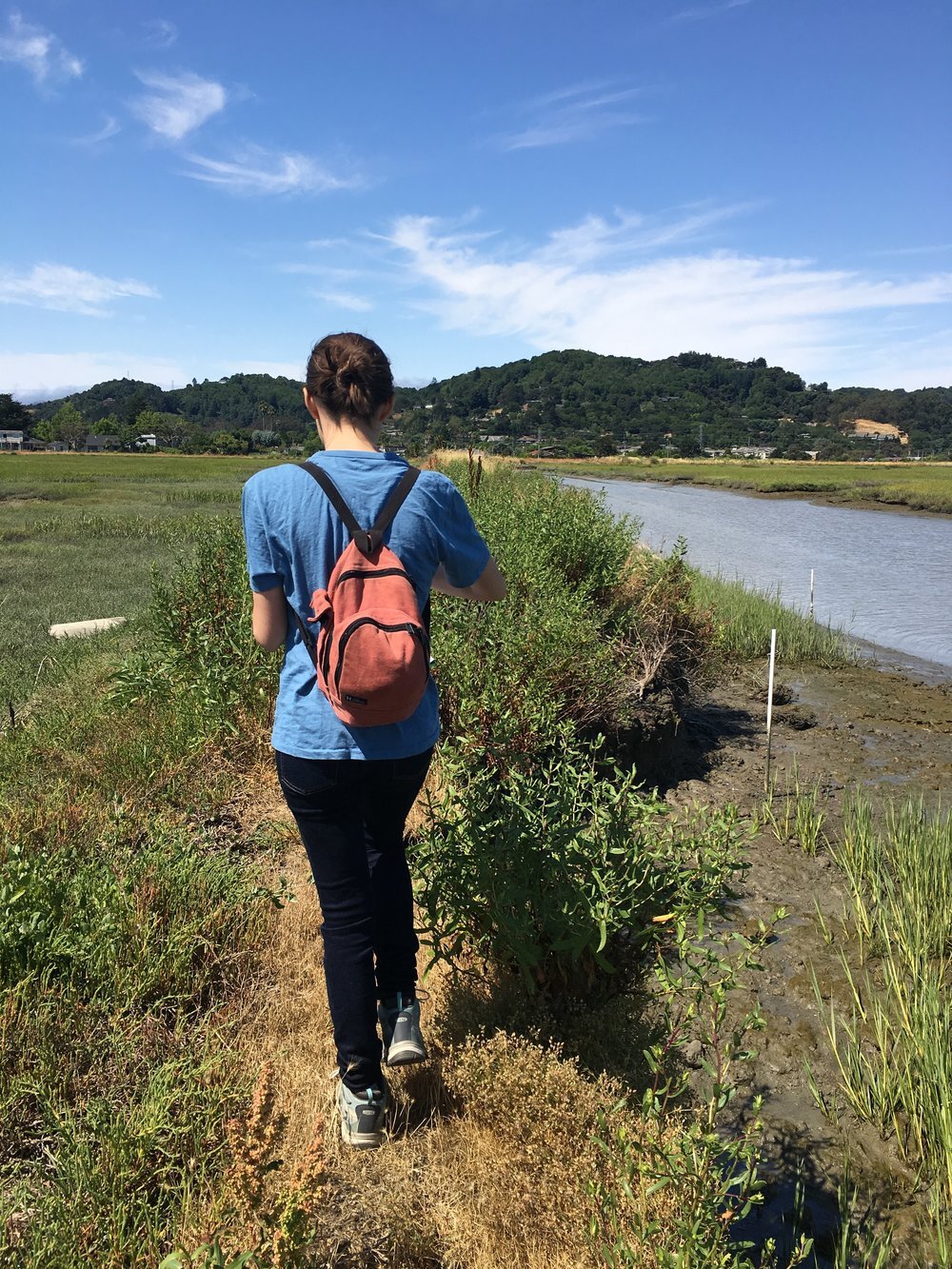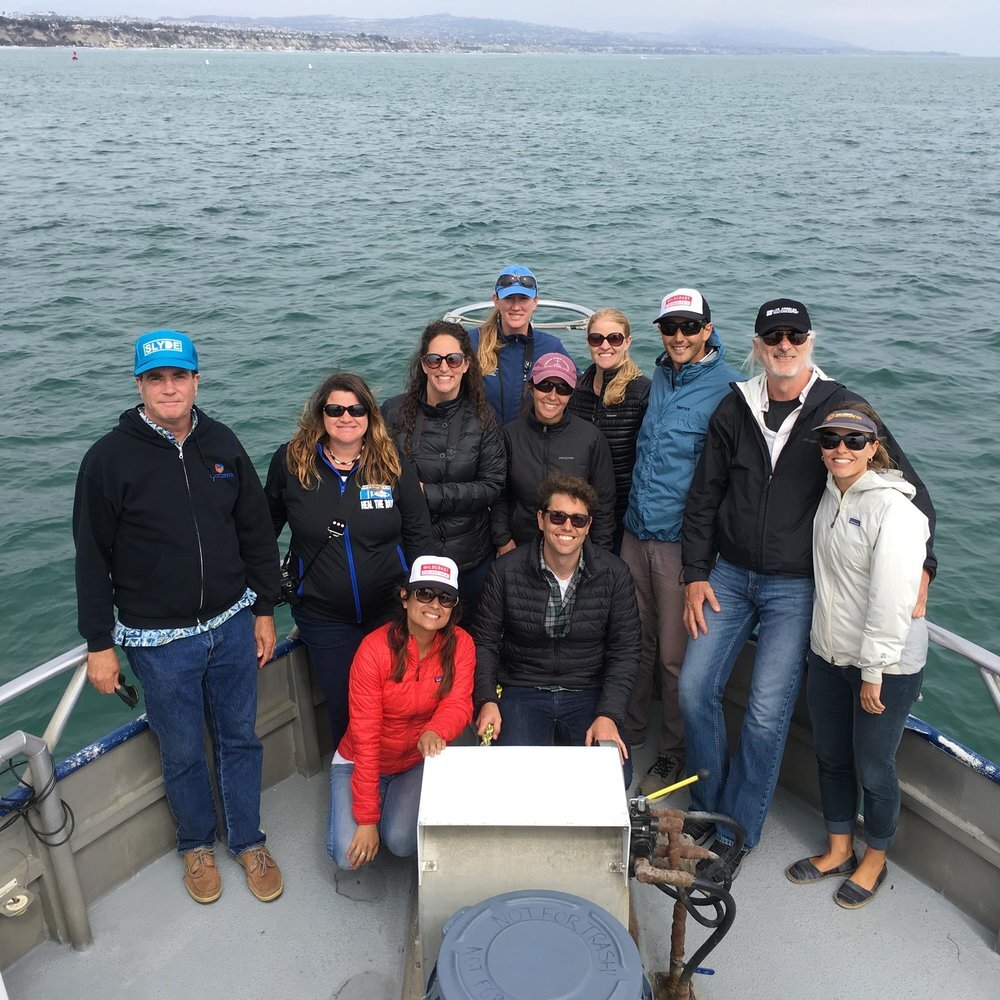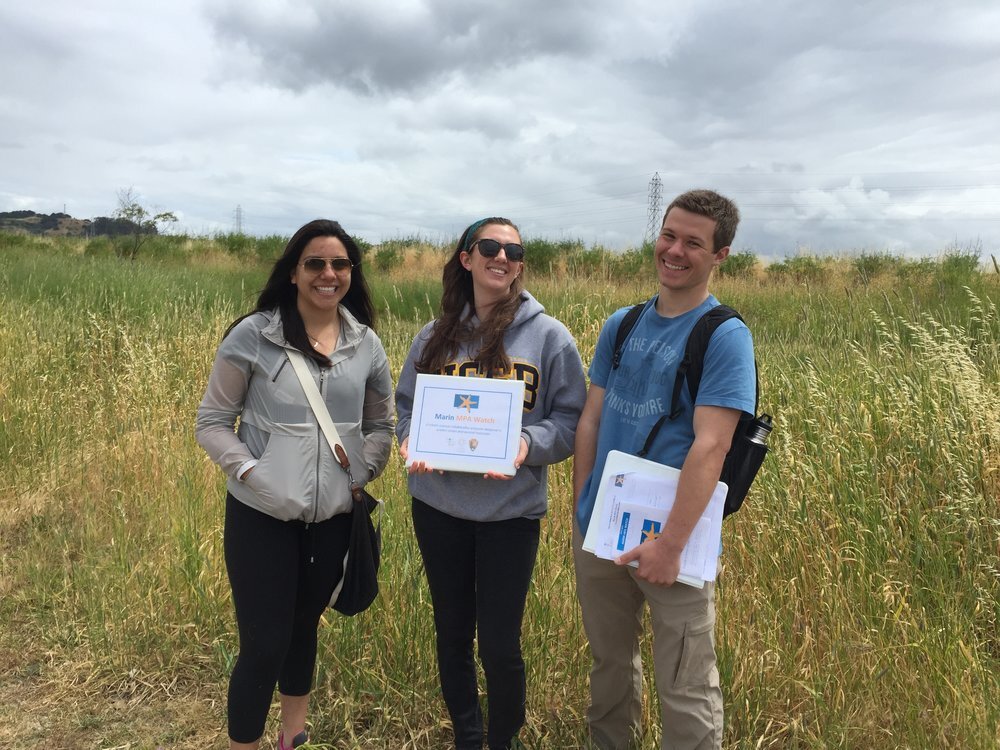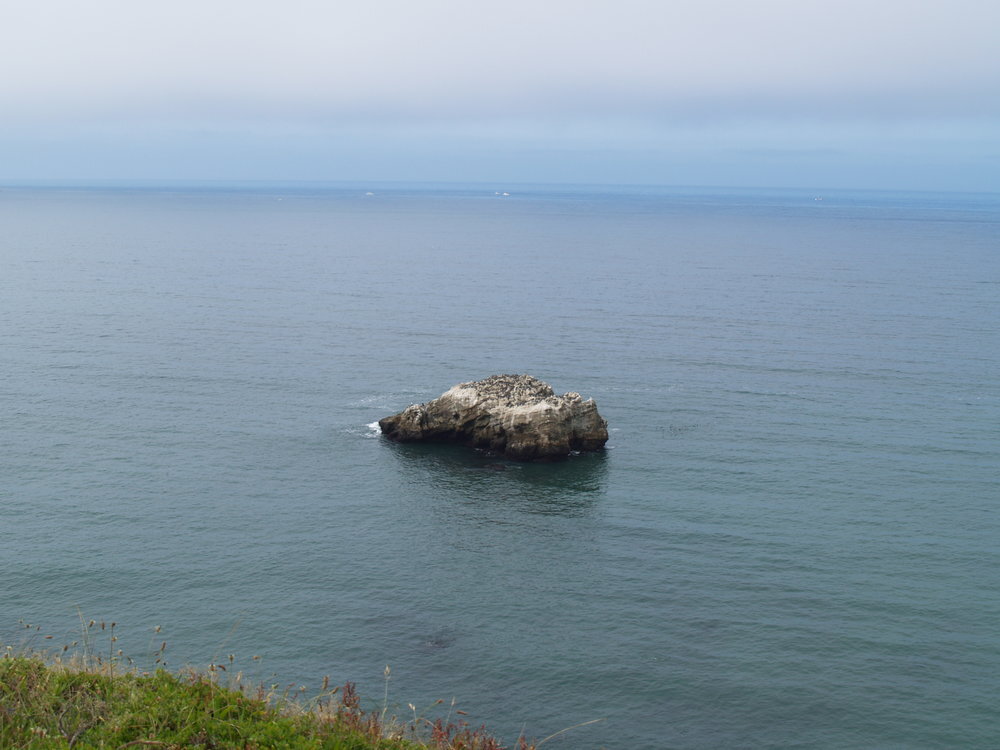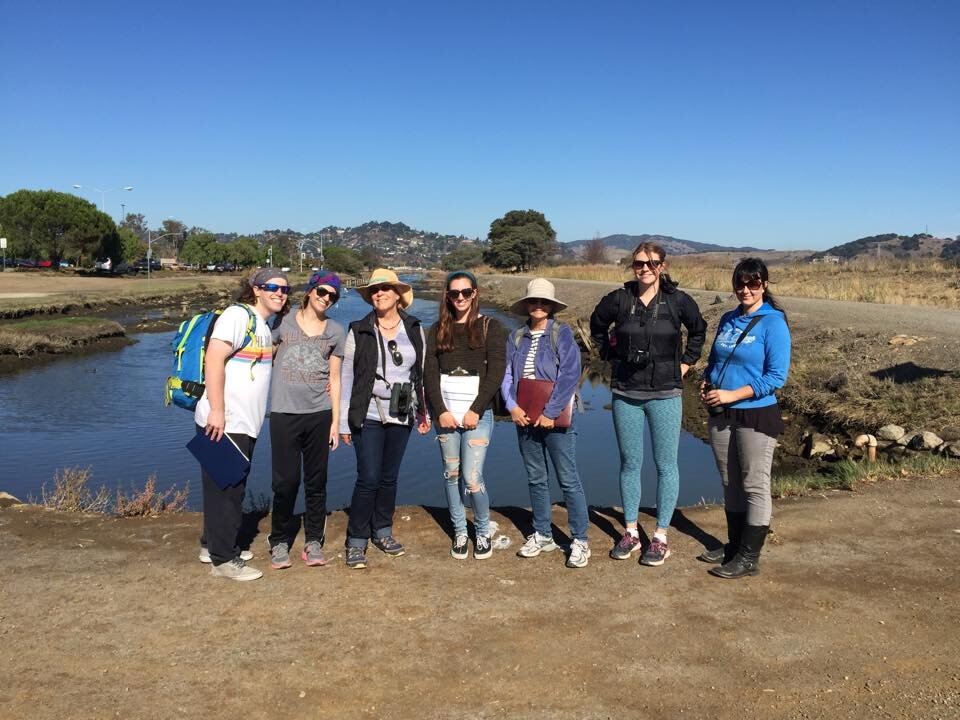MPA Watch is a network of programs that support healthy oceans through community science that:
Trains volunteers to observe and collect data on human uses of coastal and marine resources both inside and outside of marine protected areas (MPAs). Scientific data is collected on consumptive and non-consumptive uses by coastal visitors using specific protocols and a survey.
Surveys are observational only. Activities observed and recorded include surfing, kayaking, fishing, boating, running, etc., with the intention of improving our understanding of how people are using our statewide MPAs and how use patterns change over time.
Informs MPA management and supports the California Department of Fish and Wildlife.
The California MPA Watch program is implemented by different organizations throughout the state. The Marin MPA Watch Volunteer Program was established by Environmental Action Committee in partnership with California Academy of Sciences, and Point Reyes National Seashore. EAC continues to manage the Marin MPA Watch program in partnership with the MPA Watch network of organizations. The Marin MPA Watch focuses their efforts at Agate County Beach/Duxbury Reef, Corte Madera Marsh, Limantour Beach, Drakes Beach, Drakes Estero, Point Resistance, and the Point Reyes Headlands. Not only do local volunteers learn about their coastal environment and become community scientists and stewards of the area, but they generate large quantities of monitoring data that would not be possible without volunteer support.
Join Our Marin MPA Watch Volunteer Team
Join our volunteer team by attending a training at a site-specific location, and then set you schedule for surveying based on your time and the tides.
Volunteer Requirements
Attend an in-person training (click here to find the current training schedule and register). Training is specific to each site, so sign up for training for each location you’d like to volunteer for.
Be 18 years of age or older, or accompanied by a guardian, and sign our liability and photo release form.
Physically able to conduct 1-2 surveys a month with a minimum commitment of three months and in coordination with tides, and other volunteers. MPA Watch requires long walks on sandy beaches.
Physically able to walk 2-5 miles on the beach and/or trails.
Personal Benefits
Healthy recreation that gets you outside exercising while meeting people who share your love for the coast and ocean! Our volunteer trainings are wonderful opportunities to meet new people.
Contributing to the collection of long-term community science data for our MPAs that helps to provide resource managers with data and information that informs future management and conservation decisions!
Subscription to the EAC’s online newsletter.
Why this Data is Matters
This data help us to analyze trends within the boundaries of MPAs, as well as outside of the boundaries, which are used as control sites. Control sites are beneficial in comparing human use in MPAs versus at sites that are not protected.
Guidelines and Standards
MPA Watch has developed best practices, guidelines, and protocols that can be implemented by current and future locally-organized MPA Watch programs. Such guidelines and protocols will support:
MPA assessments and adaptive management
Inform enforcement, compliance, and education efforts
Build social capital through engagement of local communities in statewide MPA Watch efforts
The resulting statewide database of human use activity can inform a variety of academic studies and other data needs beyond MPAs.
Learn More: MPA Watch network website





